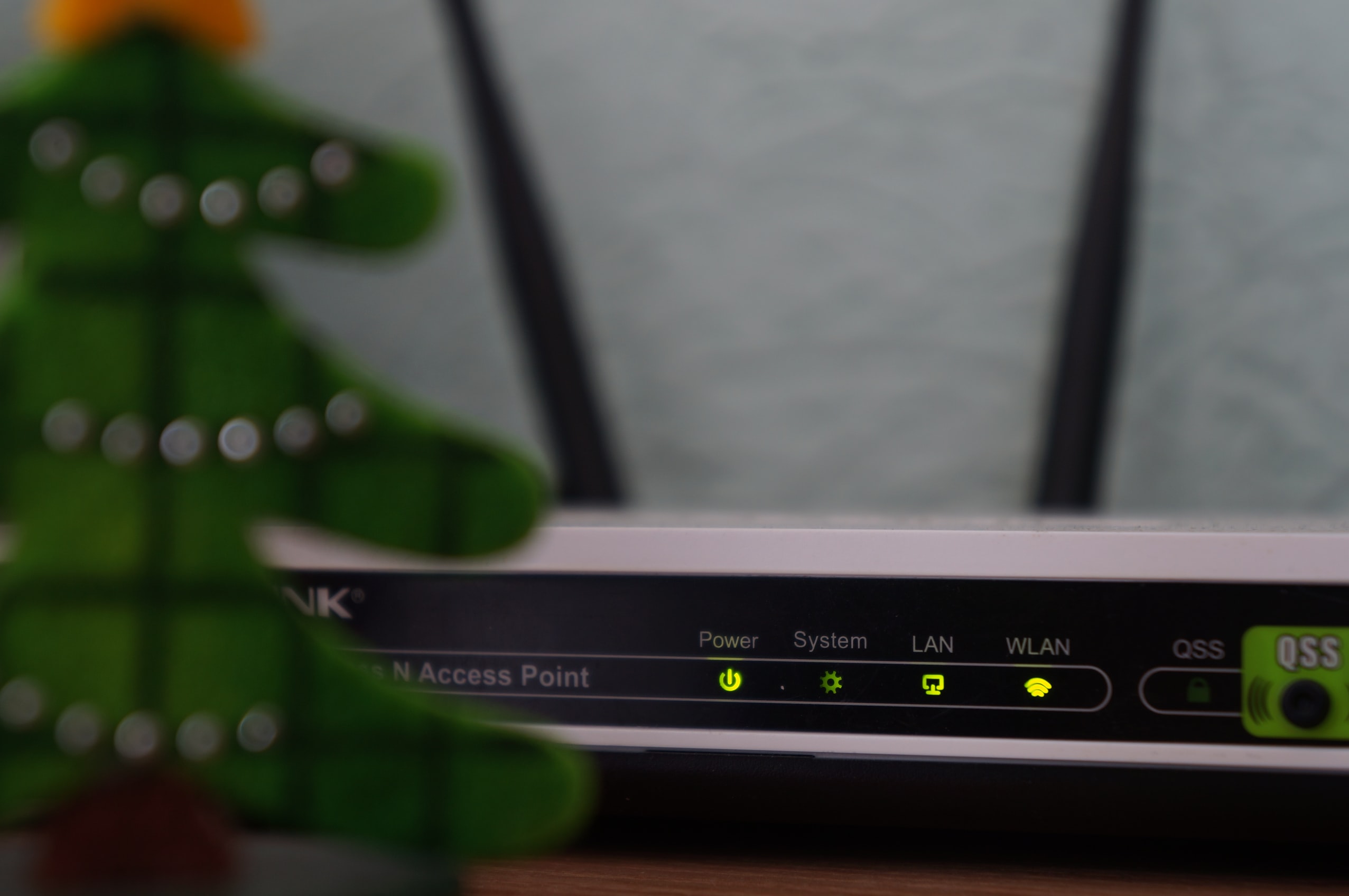WiFi threats like war driving and WEP cracking used to take away the sleep of business owners. With the maturing of 802.11n products, a lot of industries are investing in faster, bigger WLANs that can able to support all those mission-critical applications. However, such an initiative also doesn’t assure 100% security from the WiFi threats.
The following lines discuss about top five WiFi security threats and the necessary ways to seek prevention.
WiFi Security Threats
Data Interception
Walking up to this new millennium, it can be understood that any data sent over the WiFi internet facility can be easily captured by eavesdroppers.
They can capture the data if present within some hundred feet distance. Even, through directional antennas, they can catch the data from further distant areas.
However, nowadays every single WiFi certified products available now support AES-CCMP data encryption and integrity.

However, the most unfortunate situation is that there are still a whole lot of legacy products available that speak only about TKIP. There are a whole lot of WLANs configured to accept both the AES and TKIP.
The major problem with TKIP is because of its vulnerable nature towards MIC (message integrity check) attacks which allow injecting a very limited range of spoofed frames.
See also: How to hack WiFi password
The most common example is ARP. Time has come to think beyond TKIP and introduce AES-CCMP based WLANs all over. This will ensure quality protection from data interception related security threats.
Rogue access points
It has always been a serious point of concern when business networks are being penetrated by unknown and unauthorized APs. It is quite a risky factor to worry about. However, the fortunate thing is that almost every enterprise WLANs use legitimate APs these days for scanning channels in order to find out any possible rogues.
The most unfortunate thing is that tracking “true rogues” is not something that can be adopted so quickly. It is a critical procedure and requires years of experience and strong expertise. Even normal WLAN devices will unable to trace those true rogues.
Without the most accurate classification, it becomes a risky initiative to block automated rogues. The most effective solution to this critical security threat will be to deploy a wireless IPS which can easily differentiate between personal hotspots, harmless neighbors, and all those network-connected rogues that can pose some serious threat.
It will not only detect but also mitigate the rogue by taking several policy-based actions for tracing, detecting, and blocking the threats.
Service Denial
WLANs are extremely vulnerable to DoS. Competitions among different WLANs become highly inevitable in populated areas since everyone shares relatively similar unlicensed frequencies.
Don’t worry, as a necessary solution has been sorted out. Because enterprise WLANs gets migrated to 802.11n, there is a possibility of using different channels in less crowded yet larger 5 GHz band. this helps in reducing the accidental DoS situation.
What becomes more important is that contemporary APs (access points) can easily auto-adjust channels for circumventing interference.
However, still there lies the possibility of some sort of DoS attacks like consuming of AP resources, phony messages used to disconnect users, and continuous busy channel network.
The most common prevention from these security threats is search for newer products that offers 802.11w management frame protection support.
Soft APs and Ad Hocs
Laptops having WiFi connectivity can easily establish peer-to-peer Ad Hoc connections. Such type of connections pose a security threat as they totally circumvent the network security policies. But the fortunate part is that Ad Hocs are extremely hard to configure.
Because of this reason, not many bother to use them. And not the unfortunate scenario: with the introduction of Windows 7 Operating System, configuring Ad Hocs just got a lot easier. Even latest laptop models with Atheros and Intel WiFi cards also features easy configuration of Ad Hocs.
The presence of these virtual APs can easily provide direct connections to several other users while routing traffic and bypassing network security onto the enterprise network.
The best security measures to provide protection against soft APs is through WIPS and Managed-IT client settings.
Twin AP (access point)
Twin APs are possible. But in most of the scenarios, one of the APs gets involved in phishing activities. Remember, fraudulent APs have the ability to advertise easily through the same network name (SSID) as a legitimate business or hotspot WLAN.
This causes a direct connection of all the WiFi clients available closely to get connected to the evil AP. The only protective measure against such Evil AP twins is through server authentication.
The authentication should be carried out from 802.1X Server Validation to Application Server Certificate Verification.
Before signing off, there is a word of assurance to make. Over the years, WiFi security concept has improved by a greater extent.
The new enterprise based WLANs can efficiently handle threats of misuse and intrusion. Although end-to-end security is not guaranteed, but still protective measures available presently are sufficient to vaporize the threats.
Related posts:
- Stealing session cookies over WiFi
- Is a VPN really necessary?
- Create your own VPN server
- How to hack someones email password
- How to hack Instagram password
